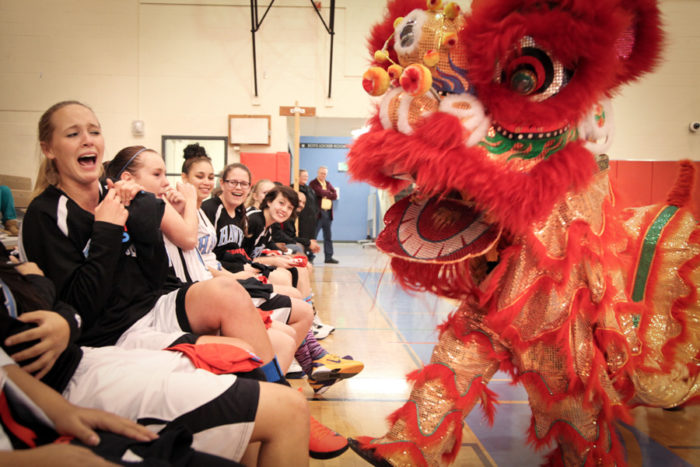
Last fall, I moved back to the Pacific Northwest after 13 years of peripatetic life in Boston, Paris, New York, Chicago, and most recently, four years in Beijing. Although I spent my formative years in the United States, I was struck with reverse culture shock after living in a country with a different set of operational rules and values. The contrast is particularly stark between Seattle and Beijing.
In Beijing, I maintained an unsmiling public demeanor, often cut in line (when in Rome…), and reacted suspiciously when approached by strangers. You would too if they were primarily fake Buddhist monks trying to scam you or aggressive roadside salespeople hawking gym memberships.
But here in Seattle, strangers smile at me, even say hello. I can pet a random person’s dog and coo over a fat-cheeked baby while the owner/parent looks on indulgently. To me, Seattleites seem almost suspiciously too engaged in the community, too ready to help. What’s in it for them? There must be some catch, right?
My China-honed cynicism has bumped roughly against the chatty politeness of America.
My personal cultural re-adjustment got me wondering what Chinese who come to the U.S. think about American society, and how Seattleites view the ever-increasing numbers of students and immigrants from China.
A big wave of new residents from China
The Seattle-Tacoma area is home to more than 45,000 people born in China, and it now tops the list of sending countries for new immigrants to Seattle and most surrounding cities.
The University of Washington has seen a threefold increase in students from China since 2010; staff at UW’s student life office estimated there are over 4,000 Chinese nationals at the university now.
The Seattle area is particularly attractive to wealthy Chinese participating in the controversial EB-5 program, which gives green cards to foreigners whose investments are expected to stimulate economic growth. Seattle was also recently named the number one U.S. market for Chinese home buyers.

As Chinese and American cultures meet at the intersection of these immigrants’ and students’ lives, knee-jerk reactions on both sides to the oft-glaring differences are to be expected. Even I initially clung to prejudicial assumptions, despite having spent many vacations in China.
I moved to Beijing from New York to work at MyCOS, a Chinese company where I was the only American employee. Buoyed by my initial success in designing a much-lauded open-concept work space that created positive social dynamics, I decided to bring people together around a fundraising campaign for a BEAM, nonprofit funding rural Chinese teachers’ educational projects.
My actions were copied from many an American corporate social responsibility playbook: I chose a reputable nonprofit, the procedures were transparent, pretty campaign materials were designed – everything was as it should be, the way I had always done it at my previous job as a professional fundraising consultant.
And yet, participation was low. My colleagues’ interest was lukewarm at best, skeptical at worst. Flustered and upset, I leapt to the easiest immediate conclusion: Chinese are tightfisted and and civically unengaged. It fell in line with other ungenerous social behaviors such as cutting in line, spitting in public, and standoffishness towards strangers.
Public vs. Private Morality
The question of Chinese philanthropic and social engagement is emblematic of one of the main areas in which Chinese are misunderstood by Americans: values. The Chinese attitude toward moral obligation and civic duty are at the core of the conflict.
My Chinese friends and colleagues spoke often of two concepts:公德 gōng dé or public morality, characterized as one’s moral social behavior towards society and individuals outside of their private circle, and 私德 sī dé or private morality, one’s personal moral conduct and behavior towards their family and friends.
The popular refrain among Chinese I encountered was that Americans were stronger in public morality but Chinese were better at private morality.
My Chinese friends and colleagues often state that Americans are more committed to philanthropy, activism, and civic engagement. They have visions of Americans helping their neighbors and pitching in for the greater good in a Truman Show-esque pastoral setting.
Despite their belief in China’s superiority over America in private morality, Chinese will admit that their public morality is lacking.
But they are also quick to point out the high teenage pregnancy and single parenthood rates and many parents’ withdrawal of financial support of children after age 18 as failures in our private morality. How terrible for America that so many young girls have children out of wedlock and ruin their futures, they cluck.
They would go on to proudly point out that Chinese parents support their children to succeed academically and professionally beyond high school, often providing the down payment on their first homes and paying the full-price tuition charged by enterprising American universities. Family members who are better off are expected to support those who are not.
My own father has given money to his family for decades and I have inherited this behavior of passing wads of cash to relatives. My mother always stuffed suitcases with enough presents to shame Santa Claus on her trips to China, disbursing endless streams of American-brand goods (ironically, mostly made in China) to relatives and friends. I never heard either of them question their financial obligations to family members and friends in need. Dad has often said to me, “I have to make sure our own family is doing well, and then I can take care of others.”
This is fundamental to the Chinese concept of a responsible citizen, akin to the medical profession’s ethos of physician heal thyself. If you cannot even take care of your flesh and blood, how can you possibly care for strangers and the greater community?
Despite their belief in China’s superiority over America in private morality, Chinese will admit that their public morality is lacking.
“The Chinese aren’t as enthusiastic about philanthropy and community engagement,” said Ping Xu, a 31-year-old biostatician from Shandong province. “If it’s not advantageous to their own agenda, they won’t be likely to participate.”
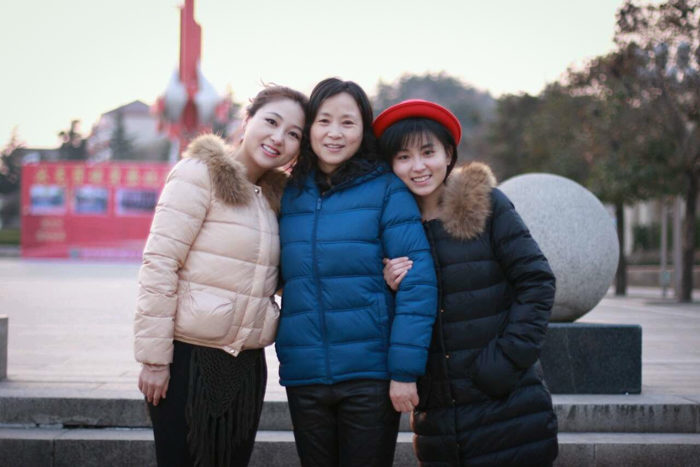
“Average Chinese don’t think they have enough money to give away to charity. They would rather keep their hard-earned money in savings or give it to their own children,” she reflected.
That tracked with what I saw in the Chinese American community where I grew up in Olympia, Washington — people didn’t band together to support a philanthropic cause. My parents gave sparsely during my childhood, mainly to educational and Chinese community causes. My mother recently organized the first canned-food drive for the Chinese community, and participation was light. It was not for lack of financial resources; some families purchase homes with 100% cash down, drive Lexus SUVs, and many kids receive little college financial aid.
So why don’t Chinese give and participate? After much reflection, reading up on Chinese history, countless conversations with Chinese across multiple generations, I have identified three main reasons, which are by no means exclusive:
1. The traumatic history of Communist China
The Communist Party’s failed industrialization efforts during the Great Leap Forward caused at least 20-30 million people to die from starvation. The Cultural Revolution’s bloody and violent socio-political upheavals turned child against parent, spouse against spouse, friend against friend. Bonds of trust, cooperation, and love that tie communities together were upended and replaced by pathological paranoia and violence, as well as extreme self-interest for the sake of self-preservation.
Many Chinese immigrants to the United States come from well-educated families who were targets of Communist purges and vengeance, and remember a time when Chinese society had a greater sense of public morality and etiquette before the upheaval of the mid-century. When some ugly social behavior surfaced in Chinese news, friends and family would say, “The Chinese have been better than this, it was not the same in your grandparents’ time.”
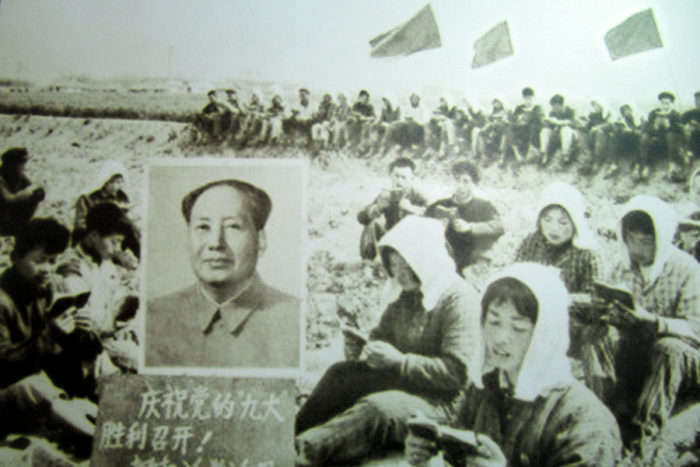
Education was a commodity for decades; people with family backgrounds deemed to be bad and bourgeois by the Communist Party were sent to do hard labor in the countryside, and college entrance exams were suspended to the public for 11 years. When the exams were reinstated in 1977, only 4.5 percent of test-takers passed and these people now populate the top echelons of every industry in China. College was my parents’ one-way ticket out of factory labor (my father) and peasant labor (my mother).
The aftershocks of this time resonate in contemporary Chinese society, where trust of strangers is at a minimum, and emphasis on academic excellence and material stability is at a premium
2. Generational differences
My parents’ generation, which grew up during the height of these upheavals in the 1950s through 1970s, learned to be circumspect and limit their exposure to public scrutiny, to save and not to spend, to ensure that their children would have enough to eat and get the best education possible for the best future possible. But their own children grew up in a very different China. The reforms of Deng Xiaoping, China’s leader from 1978 to 1992, gave my generation of Chinese full bellies, frenetic exposure to Western influences and products, and awareness of China’s international dominance as a result of economic opening-up and growth.
“My parents have good jobs but they are very frugal. In the Great Leap Forward many people died from natural disaster. So they are preoccupied with saving instead of investing,” says Frances Chen, age 28 and the daughter of such parents. Frances, who works at the Washington State China Relations Council in Seattle, adds, “My parents’ generation expects that something bad will happen and so they want to save for that time.”
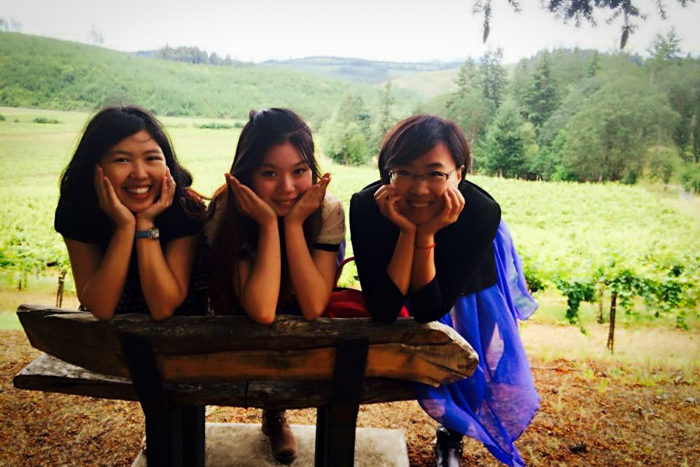
Chen is sympathetic to her parents’ deeply ingrained habits, but also experienced opposite circumstances growing up in one of China’s most affluent provinces, Jiangsu, with an excellent education and resources that enabled her to come to Oregon for college and graduate school. She believes her generation sees society and responsibility differently.
“I’ve seen many in the younger generation in China with a lot of passion for civic engagement, even more so than in the U.S. I’ve seen WeChat posts by my friends about pollution, rural education and other causes,” says Chen. Although the younger generation is influenced by their parents’ conservative and frugal views, in her view they have also developed their own behaviors and perspectives.
3. Government policies that impact social dynamics
The Chinese government’s stringent family planning policies, the most famous of which is the recently terminated one-child policy, have resulted in a generation of little emperors and empresses. These only children were orbited by a set of anxiously doting parents and two sets of indulgently devoted grandparents whose goal was to help their little treasures achieve the Chinese Dream.
Known for its self-absorbed behavior, this generation spanning the mid-1980s to the early aughts grew up being told that the number one priority was excelling in school to win a spot at a top university and obtain a high-paying stable job in order to buy an apartment and car and acquire a coveted urban household registration.
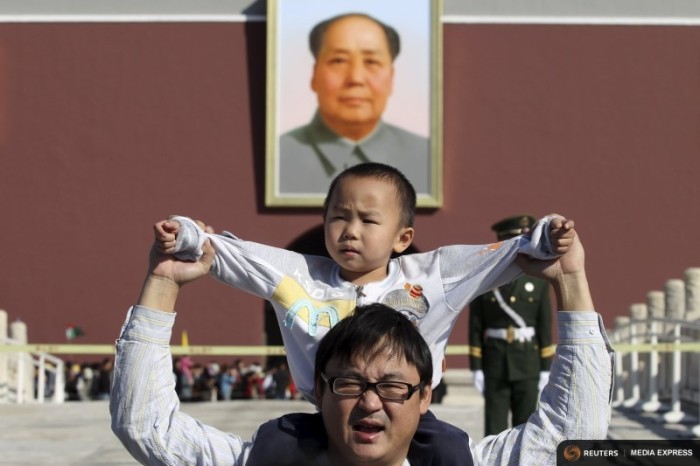
This Chinese dream had no room for philanthropy or volunteering or advocacy or any social engagement of that sort unless the precondition of academic achievement and material acquisition had been fulfilled. Their parents and grandparents had lived through extreme deprivation and loss and understandably wished their children to have a better life, defined above all else as a materially comfortable one.
Where can our moralities meet?
The above are by no means the only or definitive explanations for Chinese social and philanthropic behavior, but I do think they offer insight into a vastly complex and complicated modern history that has shaped an equally complex and complicated set of social mores.
And yet, the times and people are changing, especially for Chinese who have immigrated to the United States.
Ping says she has changed her own attitudes towards social engagement after being here for eight years. “Before I wasn’t exposed to philanthropy or community engagement, but over the course of time, I’ve also gotten involved in volunteering with young children from families with difficult backgrounds,” she says. “I’ve been influenced by this culture that I have seen in Seattle, and I don’t have an expectation of payback when I volunteer my time.”
My own parents’ frugality has proved to be a boon; their restrained spending left more funds to donate as they grow more philanthropically-inclined with time – they recently co-endowed a scholarship at WSU, their graduate alma mater. And all is not lost in China. Recently, MyCOS held another fundraising campaign to great success, having adjusted expectations and actions to be in line with Chinese norms, not American ones.
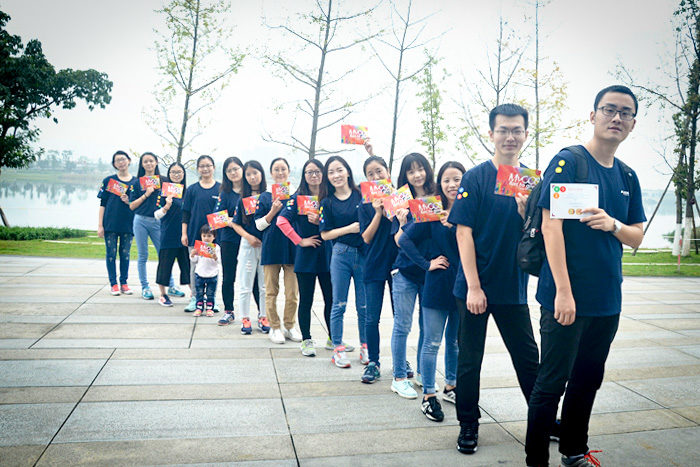
These may seem like baby steps, but we Americans must take historical, social and economic context into account before judging Chinese immigrants’ seeming lack of philanthropic and social engagement.
Although China’s economic growth has been dramatic since the 1980s, Chinese social norms and behavior still bear the scars of this bitter legacy, just as American society still wrestles with the legacy of slavery, the destruction and marginalization of Native American tribes, and institutionalized discrimination of immigrants.
And if any new arrivals from China read this, perhaps you could enjoy the American effusiveness towards strangers without judging our private failures too harshly. Let us all be more tolerant of behaviors different from our own, and seek not to immediately judge, but to first understand.
This post has been updated.


Great article Kate and keep them coming! You should repost this on Medium too.
Thank you for writing a very insightful article! I still am amazed that the week of my high school graduation Tienanmen Square protests happened and now almost 30 years later you see Chinese brands sponsoring NBA basketball teams and major American events. Economic rapid change can’t even measure up to the social and cultural disruptions that may have also come along the way.
Your writing skills are excellent. I both enjoyed and benefited from your insights.
she she ( thank you ? )
I think this piece has many of the right notes. In a way, it is also quite courageous to even articulate it. As the Chinese continue to migrate into North America a major cultural reckoning is going to take place and some serious questions asked.
I think on the historicism, there are some further points to think about:
1. You mention a range of causes here, but most seem to start in the post-1949 world. That is all very well (and the Communist China world has much to answer for in accentuating things) but it neglects the fact that China has never displayed any of the characteristics you mention, even before then. Even in its economic heyday in previous centuries, China did not develop communitariansm or charities on any major scale. Perhaps it is worth looking at Fukuyama and Pye on “granite” vs “sand” Confucianism as a cause for this.
2. Further more, the real question here is about institutionalism and again looking at history, there are more questions here than just what has happened in recent years. Why is it that China had plenty of scholars, but never any universities for instance? Why did they not form the equivalent of limited companies? Chinese culture has never embraced institutions and whether or not immigrants to the US can do so is a major point of contention. Is voting something fundamental? Or just a chance to try and reduce your taxes every few years?
3. The role of religion is a controversial but I think rather important point to consider. Whether we like it or not, most Western cultural values have been transmitted to us either consciously or subconsciously as part of a Christian tradition. The amorality which permeates much of Asian life is, again, not one which is linked to the Communists but to a society which has never conceived of an eschatological mindset. Not to defend Christianity in its specifics, but the cultural clash is there bubbling away under the surface.
4. Importantly, I think one should be careful about seeing how in fact the US and modern China are really quite alike in many of their values: adaptability, the love of scale and newness, consumerism and so on; and that this is in stark contrast to European values. As this world develops, I think it is quite clear that any understanding that arises will do so on the basis of similarities and not just trying to understand differences. Chinese immigrants into the US (sadly there will be none the other way) show the sharp end of this.
A few thoughts for you.